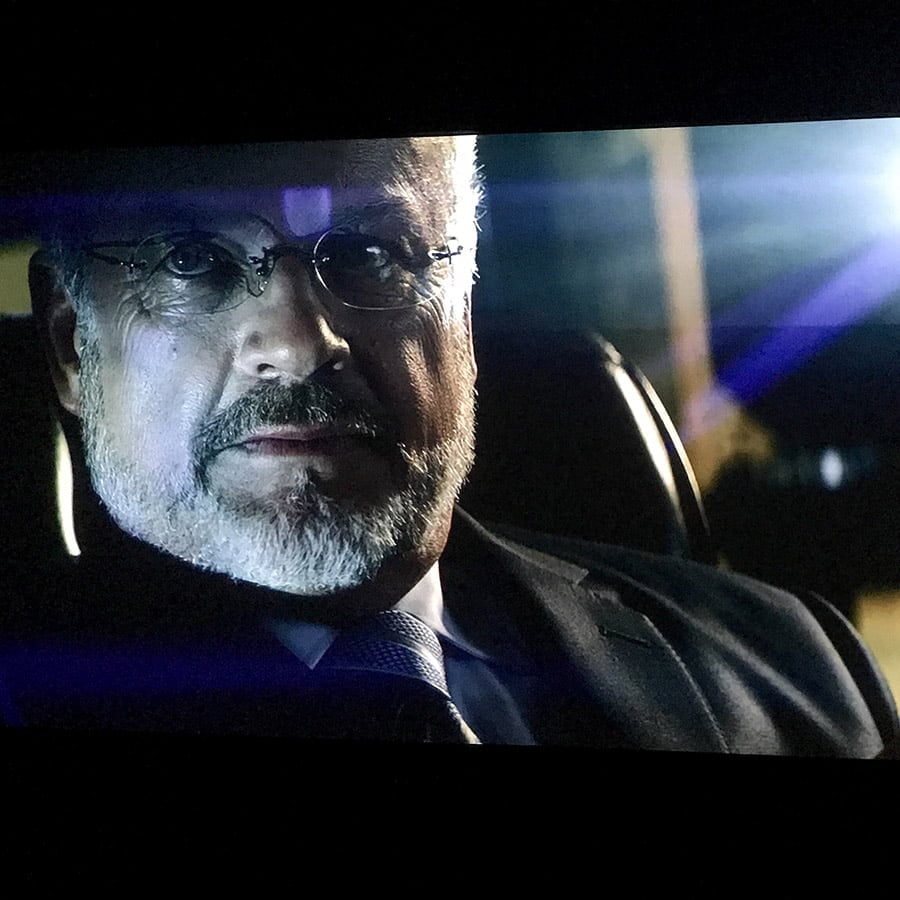Can Projection Screen Paints Be Use for an Acoustically Transparent Screen?

Projection screen paint is a key component in creating immersive visual experiences in movie theatres and home theatre setups, but did you know these paints can also be used for acoustically transparent screen? Understanding the science behind these paints is crucial to appreciating their role in preserving sound quality.
In this blog post, we will look into the concept of acoustically transparent screen paint, the importance of the Sound Absorption Coefficient (SAC), and how our paints maintain acoustical transparency.
Are Projection Screen Paints Acoustically Transparent?
Yes, Smarter Surfaces Projection Screen Paints are acoustically transparent and can be used if making an acoustically transparent screen.
These paints are specially formulated to not impede or affect the transmission of sound through the painted scren. The substrate or old material screen will need to be acoustically transparent for it to work properly. This allows for a seamless integration of audio and visual elements, providing an immersive experience for movies, and other multimedia content.
What’s the Significance of the Sound Absorption Coefficient (SAC)?
The Sound Absorption Coefficient (SAC) measures the ability of a material to absorb sound energy as sound waves pass through it. When sound waves encounter a surface, they can be reflected, absorbed, or transmitted. The SAC quantifies the absorption capabilities of a material and is influenced by various factors, including the frequency of the sound waves involved.
Frequency Dependence and SAC
The SAC is frequency-dependent because different sound frequencies have distinct wavelengths, which interact with materials in unique ways. As a result, SAC values are typically represented as a range to account for variations in absorption characteristics across different frequencies.
To illustrate this for our range of projector paints, we conducted tests using a common building material, specifically a 12mm gypsum board, and obtained the following results:
- Unpainted Board α = 0.04-0.07
- Painted Board α = 0.04-0.07
Both the unpainted and painted 12mm gypsum boards exhibited a range of SAC values between 0.04-0.07. These values indicate the level of absorption experienced by the material when sound waves pass through it. Importantly, our acoustic projection screen paints maintain the same range of SAC values as the unpainted board. This means that our projector paint range is acoustically transparent.

Acoustically Transparent Screen Paints and their Characteristics
In the context of an acoustically transparent screen, it is essential that the paint does not interfere with the passage of sound waves through the screen, preserving the audio quality and ensuring a seamless audiovisual experience.
An acoustically transparent paint will not significantly alter the sound absorption characteristics of the base material. If you’re looking to upgrade an old material screen, for instance turn it into a high contrast screen, our paints won’t affect the base material.
Our paints are specifically formulated to be acoustically transparent, meaning that they maintain the absorption characteristics of the base material, such as the 12mm gypsum board we ran our initial tests on. When applied to a surface, our paint allows sound waves to pass through without causing notable deviations in the SAC values. This ensures that the sound quality remains uncompromised, providing an authentic and immersive audio experience.
Benefits and Applications of Acoustic Projection Screen Paints
The benefits and applications of these paints are numerous and offer significant advantages over traditional projection screens.
Enhanced Audio Fidelity
One of the key benefits of using acoustically transparent paint on a projection screen is the enhanced audio fidelity it provides. Sound waves can pass through the paint without interference, preserving their integrity and resulting in a more realistic and immersive auditory experience.
Traditional screens can sometimes obstruct sound or cause reflections, leading to a loss of audio quality. Acoustic projection screen paints mitigate these issues, ensuring that viewers can fully enjoy the nuances and clarity of the sound.
Versatility
Acoustic projection screen paints can be applied to a variety of surfaces, including material screens, walls, and ceilings, however the substrate also needs to be acoustically transparent. This versatility allows for creative and customised installations in different environments, such as movie theatres.
Cost-effectiveness
Cost-effectiveness is another compelling factor when considering acoustic projection screen paints. Purchasing a dedicated projection screen can be a significant investment, especially for commercial applications or large-scale theatres.
Acoustic projection screen paints provide a cost-effective alternative by transforming any suitable surface into a projection screen. This makes it an attractive option for both personal use and commercial installations, as it eliminates the need for expensive screen purchases while still delivering high-quality audiovisual performance.


